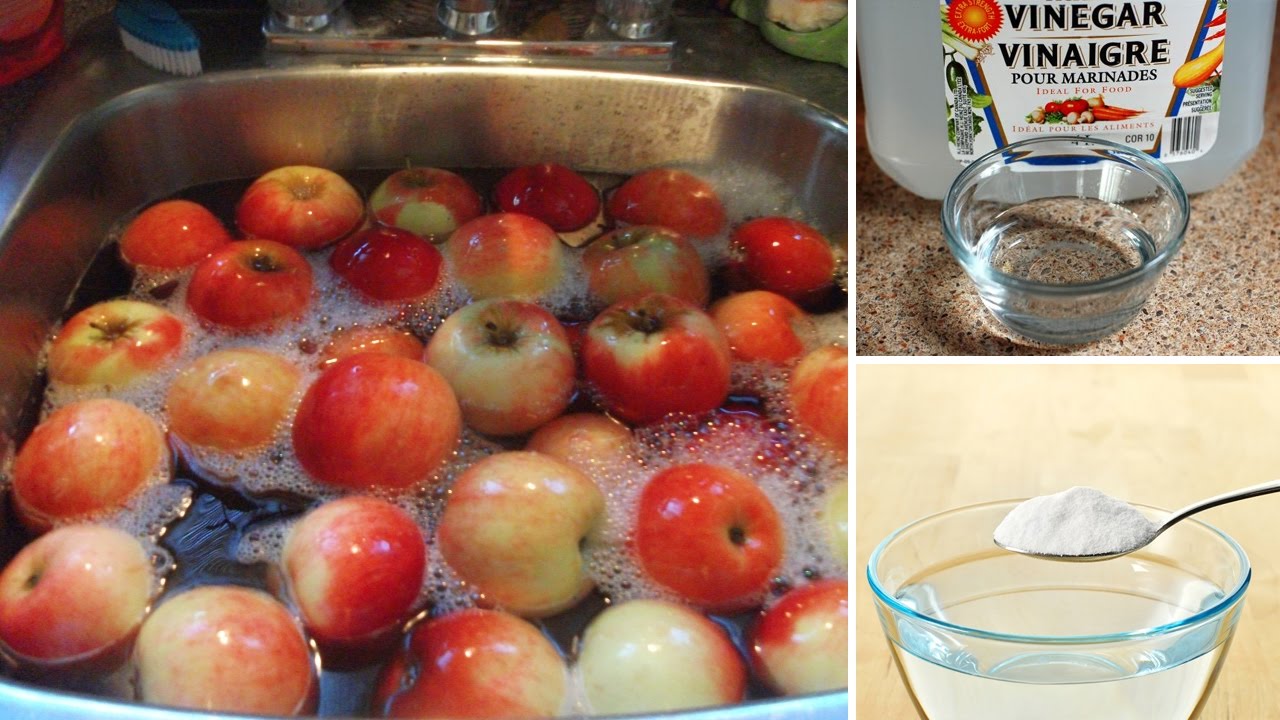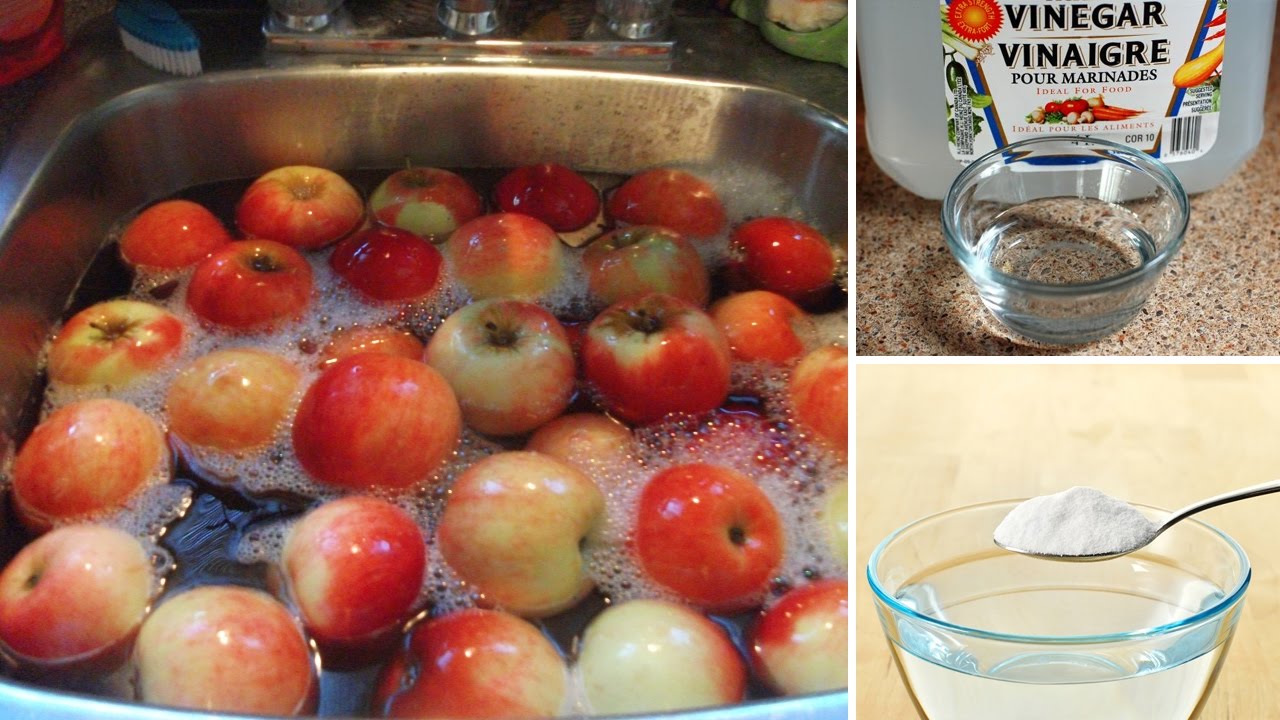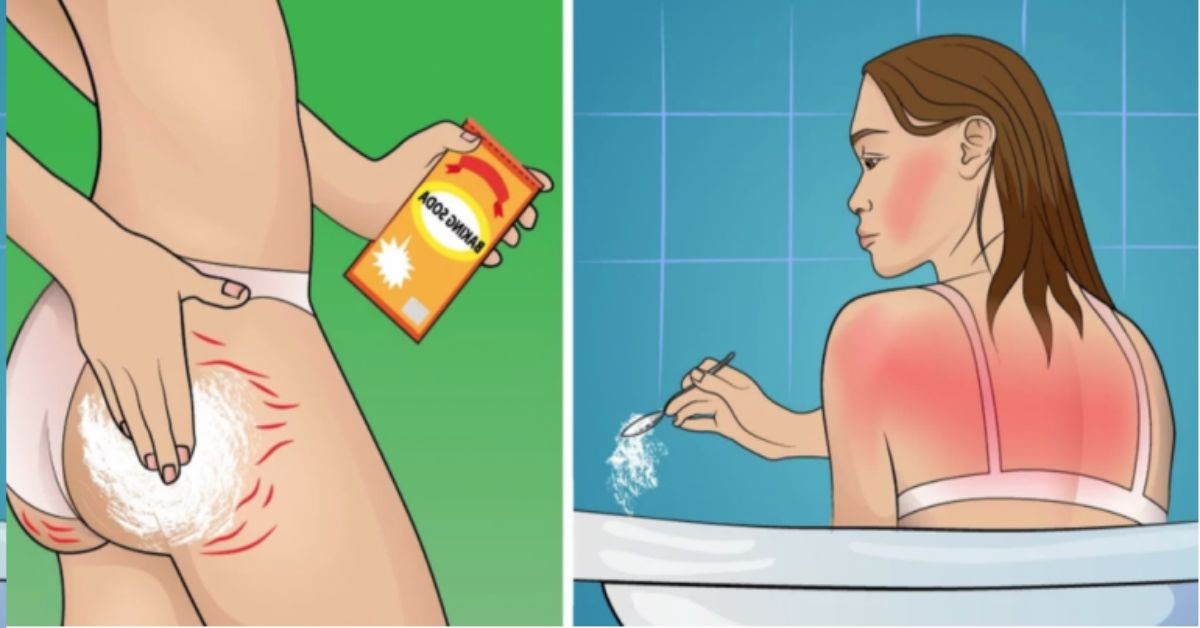
Eating fresh fruits and vegetables is key to a healthy diet, but many of us worry about the pesticides that can linger on their surfaces. Fortunately, a simple and effective method to reduce these residues involves using baking soda, a common kitchen staple. Here’s a straightforward guide on how to clean your produce using baking soda to minimize pesticide exposure.
Why Baking Soda?
Baking soda, or sodium bicarbonate, is a natural and safe chemical compound that is effective at removing residue from fruits and vegetables. Studies have shown that a baking soda solution can remove more pesticide residue than plain water or other cleaning methods. Its mild alkaline nature helps break down the pesticide molecules, making them easier to rinse away.
Steps to Clean Fruits and Vegetables with Baking Soda:
Ingredients:
- Baking soda
- Water
Instructions:
- Prepare the Solution:
- Mix about 2 tablespoons of baking soda into 1 gallon of water in a clean basin or large bowl. This ratio is effective enough to help remove pesticides without leaving any taste behind.
- Soak the Produce:
- Submerge the fruits and vegetables in the baking soda water. Allow them to soak for 12-15 minutes. This duration is optimal for dissolving pesticide residues without compromising the quality and texture of the produce.
- Scrub Firm Produce:
- For firm-skinned items like apples, cucumbers, and potatoes, gently scrub them with a clean produce brush while they are still submerged in the baking soda solution. This helps remove wax and heavy residues.
- Rinse Thoroughly:
- After soaking and scrubbing, rinse the fruits and vegetables under running cold water to remove any remaining baking soda and loosened residues.
- Dry Before Storage or Use:
- Dry the cleaned produce with a clean cloth towel or let them air dry completely before storing or using them. This step is crucial to prevent mold growth and spoilage.
Additional Tips:
- Leafy Greens: For items like lettuce and kale, it’s best to separate the leaves, soak them in the baking soda solution, and then rinse each leaf under running water to ensure all dirt and residues are washed away.
- Soft-Skinned Fruits: For berries and other soft fruits, reduce the soaking time to just a few minutes to prevent them from absorbing too much water and becoming mushy.
- Regular Cleaning: Even organic produce should be cleaned in this way to remove dirt and bacteria.
Using baking soda to clean your fruits and vegetables is a simple, cost-effective, and non-toxic method to reduce pesticide residues and make your meals safer and healthier. This easy routine can give you peace of mind, knowing you’re minimizing unwanted chemicals in your diet.




